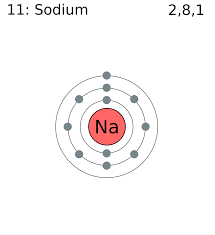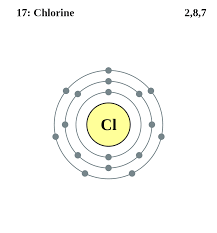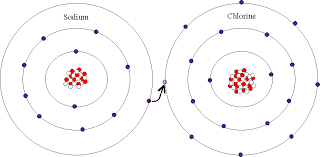- Adhesive (Sticks to itself)
- This is why water beads up
- Due to water's polarity
- Cohesive (Sticks to Other Polar Things)
- Think of Water soaking into a towel
- Once again, due to water's polarity
- The Best Solvent
- The polarity of each water molecule makes it the universal solvent
- Water dissolves polar things very well
Solute + Solvent = Solution
Kool Aid (solute) + H2O (solvent) = Liquid Kool Aid

When a solvent is dissolving a solute it is hoping to achieve saturation.
Saturation - When "all" hydrogen bonds are formed between solvent and solute
Super Saturation - When ALL hydrogen bonds are formed between solvent and solute AFTER heat, agitation and pressure are added. (heat, pressure and agitation increase saturation and speed it up)
Things don't really like to be super saturated, this is why when you open up a can of soda, it will go flat after some time.
- Heat Storage
- Retains heat well
- Keeps humans warm
- Keeps us from cooling down too fast
- High Head of Evaporation
- Allows for evaporative cooling
Most warm blooded organisms use a technique to cool themselves down called evaprotive cooling (Sweat)
Sweat doesn't cool you down by itself. Evaporation does. Your body takes a significant amount of heat to evaporate the sweat and so it cools down.
- Ice
- Water expands when it freezes (Less dense when solid)
- Water is most dense at 4 degrees C (39.2 degrees F)






